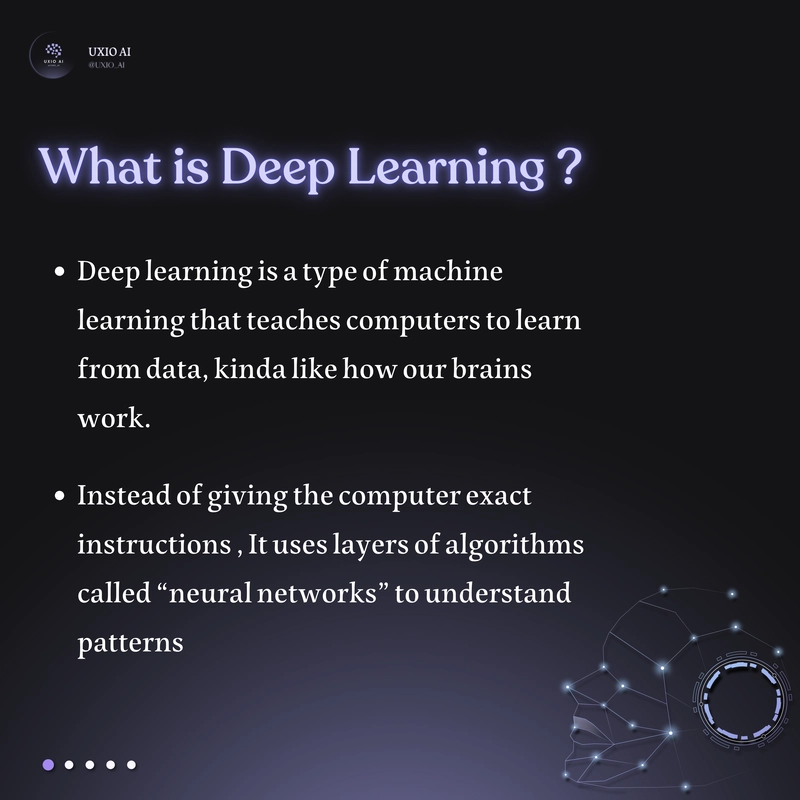Imagine if your computer could learn just like you! Machine Learning (ML) is a way for computers to get smarter by looking at lots of information and figuring things out on their own. It’s like when you practice math problems and get better at solving them!
🤔 What is Machine Learning?
Machine Learning is a part of Artificial Intelligence (AI), where computers learn patterns from data and make decisions without someone telling them exactly what to do.
🎯 Why is ML Important?
- 🧠 It helps computers think and learn
- ⚡ It can make things easier for people
- 🔍 It finds hidden patterns in big amounts of data
🚀 Types of Machine Learning
1️⃣ Supervised Learning – Learning from a Teacher 🏫
If our teacher gives us math problems with answers. After practicing, we learn how to solve similar problems by ourselves. That’s what Supervised Learning is! The computer gets examples with correct answers and learns from them.
📝 Examples:
- 🏠Predicting House Prices – If we know the prices of different houses, we can guess the price of a new house based on size and location.
- 📧 Spam Email Detection – The computer learns what “spam” emails look like and filters them out.
🖥️ Try It in Python
from sklearn.linear_model import LinearRegression
import numpy as np
X = np.array([[1], [2], [3], [4], [5]]) # Number of chocolates 🍫
y = np.array([2, 4, 6, 8, 10]) # Money spent 💰
model = LinearRegression()
model.fit(X, y)
print(model.predict([[6]])) # Predict money for 6 chocolates2️⃣ Unsupervised Learning – Learning Without a Teacher 🧩
Suppose you are sorting your toys into groups by color, size, or type. No one told you how to do it—you figured it out yourself! This is how Unsupervised Learning works. The computer looks at the data and groups things that are similar.
📝 Examples:
- 🛒 Grouping Customers in a Store – Finding which customers like similar products.
- 📷 Organizing Photos – Grouping similar-looking pictures together.
🖥️ Try It in Python
from sklearn.cluster import KMeans
import numpy as np
# Some numbers to sort into groups
numbers = np.array([[1, 2], [2, 3], [3, 4], [8, 9], [9, 10]])
# The computer finds 2 groups
model = KMeans(n_clusters=2, random_state=0)
model.fit(numbers)
print(model.labels_) # It tells which number belongs to which group3️⃣ Reinforcement Learning – Learning by Playing 🎮
Suppose you are playing a video game. You get points when you do well and lose points when you make a mistake. Over time, you get better at the game. This is how Reinforcement Learning works! The computer tries different things, gets rewards or penalties, and learns the best way to do something.
📝 Example:
- ♟ Game AI – A computer that plays chess and learns to win.
🌎 Where Do We See Machine Learning?
- 🏥 Healthcare – Doctors use ML to detect diseases early.
- 🛍 Shopping Websites – They recommend products you might like.
- 🗣 Chatbots – Like Alexa or Siri talking to you.
- 🚘 Self-Driving Cars – Cars that drive on their own!
📚 References
Here are some great resources to learn more about Machine Learning:


